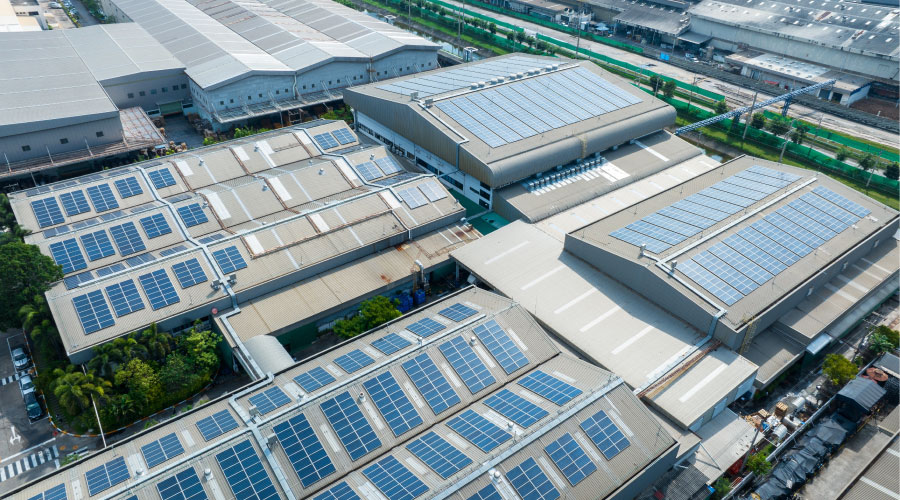Training, Preparing for Building Re-Tuning Process
Part 3 of a 3-part article on building re-tuning
The U.S. Department of Energy’s Pacific Northwest National Laboratory developed the process of building re-tuning to help managers identify opportunities for improvement in existing facilities. The focus of re-tuning is on equipping building operators with the means to use data from their building automation systems to understand the way the facility is operating, to identify problems, and to address those problems through no- and low-cost solutions.
In the training for building re-tuning, operators work through controls scenarios to understand the way systems should operate, as well as to identify problems. They learn to review data trends and compare them to other operational indicators and understand the story the data is telling them so they can make system changes and monitor the outcome. The process involves four steps:
Collect building data. Depending on the analysis performed, this data might include reviewing equipment schedules, occupancy schedules, equipment run-times, weather data, and historic energy use.
Prepare for re-tuning. Analyze the collected information. Is equipment starting too early or shutting down too late? Are system setpoints being maintained? Does the level of energy use make sense in comparison to weather conditions?
Perform a walk-through. Review building systems, the way they function, and areas of potential energy savings. Include building envelopes, lighting and HVAC systems, and building controls.
Re-tune. Repair facility elements that are not working correctly. Make adjustments to system controls to refine their operation. Monitor the results.
As opposed to building commissioning and energy audits, building re-tuning is a continuous process that in-house facilities personnel typically perform. Beyond those differences, it focuses on operational changes rather than capital projects.
The beauty of this methodology is its simplicity. It puts the emphasis on operations, using the systems that are already in place and the personnel who know the building best for a continuous-improvement approach. It also helps that the training for building re-tuning is available online at http://retuningtraining.labworks.org. Individuals can register for the training at no cost.
The landscape of facilities is changing. Through methodologies such as building re-tuning, the industry is increasingly equipping in-house facilities departments with the tools and resources they need to more actively manage facility performance themselves, to grow their existing talent, and to leverage that expertise for better facility performance.
Laurie Gilmer, P.E., CFM, SFP, LEED AP, CxA, is vice president of facility services with Facility Engineering Associates (FEA), www.feapc.com. Gilmer leads FEA’s facility asset management, building energy management, and sustainability services. She has co-authored the International Facility Management Association’s second manual in the Sustainability “How-To Guide” Series, EPA’s Energy Star Portfolio Manager.
Related Topics:














